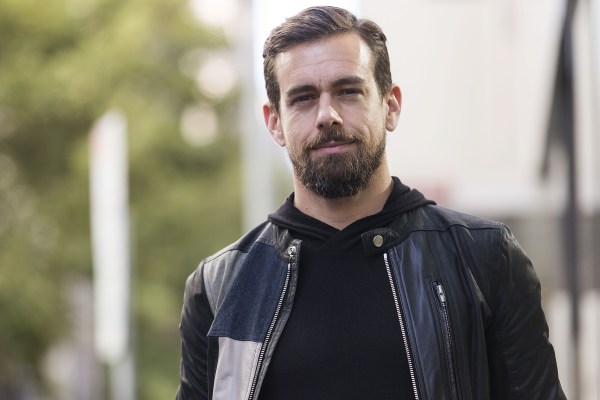But there are still a lot. Twitter just released its first diversity report since hiring Jeffrey Siminoff, the former director of worldwide inclusion and diversity at Apple, in December 2015. Overall, Twitter is 57% white, 32% Asian, 3% black, 4% Hispanic/Latinx, 3% multi-racial, less than one percent American Indian and Native Hawaiian in the U.S. and 37% female worldwide, up from 34% in 2015, according to the 2016 diversity report the company released today.
That means Twitter employs slightly fewer white people than it did last year, and the year before that. In 2015, Twitter’s overall employee population was 59% white, 4% Hispanic/Latinx, 31% Asian and 2% black. So, Twitter has increased the number of black people it employs, but has failed to increase the representation of Hispanic/Latinx people at the company. All of this data is reflective of the team as it was on December 19, 2016.
Twitter’s high-profile appointment of Debra L. Lee, chairman and CEO of BET Networks, as well as the hiring of Jayanta Jenkins, the company’s new global group creative director, helped the company reach its goal of having six percent or more underrepresented minorities in leadership roles, which includes people at the director level and above. In 2015, Twitter didn’t have a single person of color in a leadership role.
Something new in the report is the representation of lesbian, gay, bisexual, transgender and queer employees. Last year, Twitter gave new hires in the U.S. the option to self-identify as LGBTQ. Of the employees who answered, 10% identified as LGBTQ.
“While this data collection is new and therefore limited, we wanted those who chose to identify to be counted,” Siminoff wrote. He went on to say that “as more employees respond in 2017, we expect to have a more complete picture.”
For 2017, Twitter has set additional goals for overall female and underrepresented minority representation, as well as female and underrepresented minority representation in technical and leadership roles. Twitter also aims to bump up the percentage of underrepresented minorities in leadership roles to eight percent.
“Whatever the goal area, we will continue to be broadly focused on inclusion, prioritizing intersectionality and specific underrepresented groups, and acting on different opportunities for our different business functions,” Siminoff wrote on the company blog.
It’s worth noting that, unlike Facebook and Apple, Twitter decided not to report its hiring numbers. All Twitter had to say about that was, “We’ve decided to focus on representation overall, rather than just hiring.”
When I prodded a bit more, the Twitter spokesperson directed me to something from its 2015 report.
“We considered simply setting company-wide hiring goals, but we don’t want to stop at that,” Twitter’s former VP of diversity and inclusion wrote in August 2015. “If our aim is to build a company we can really be proud of — one that’s more inclusive and diverse — we need to make sure it’s a great place for both new and current employees to work and to grow. That’s why these new goals focus on increasing the overall representation of women and underrepresented minorities throughout the whole company.”
